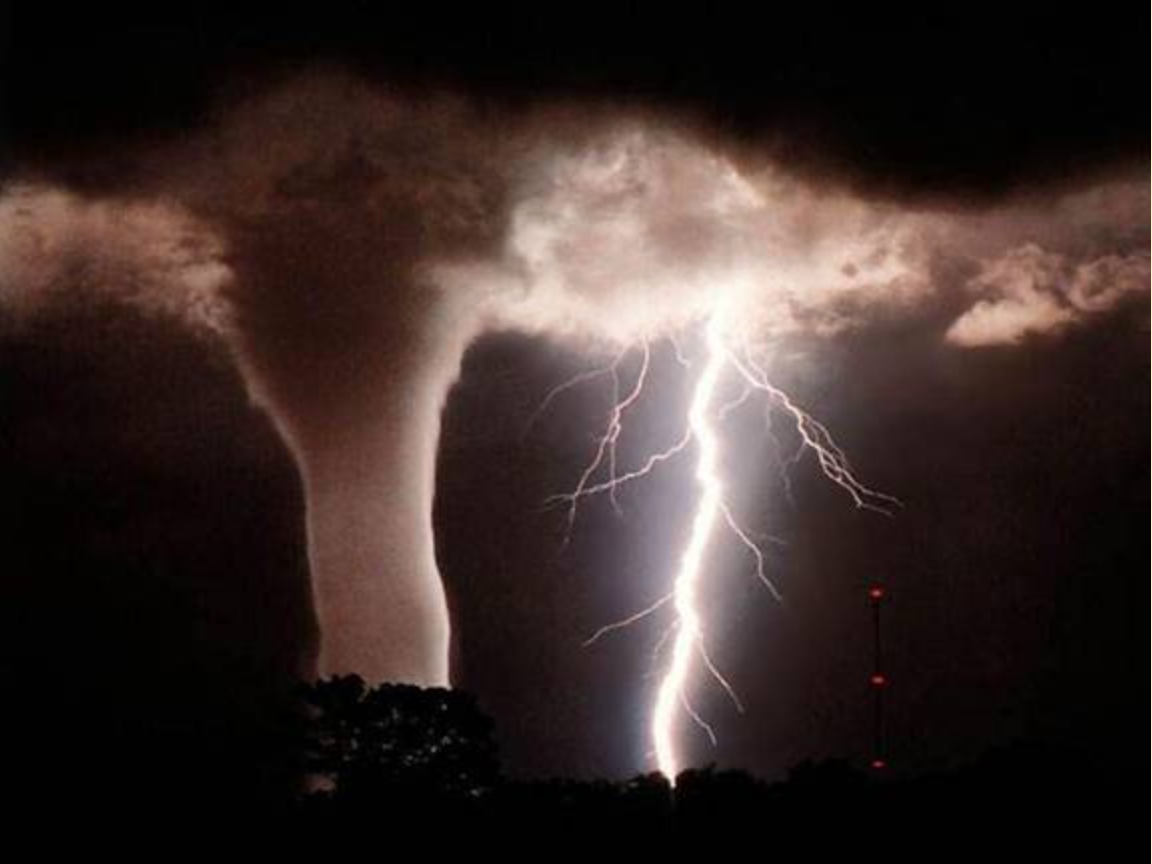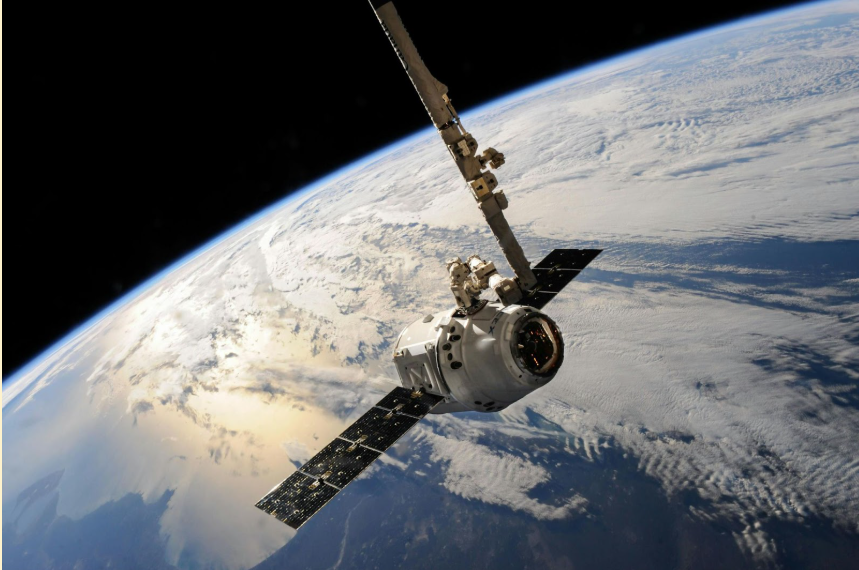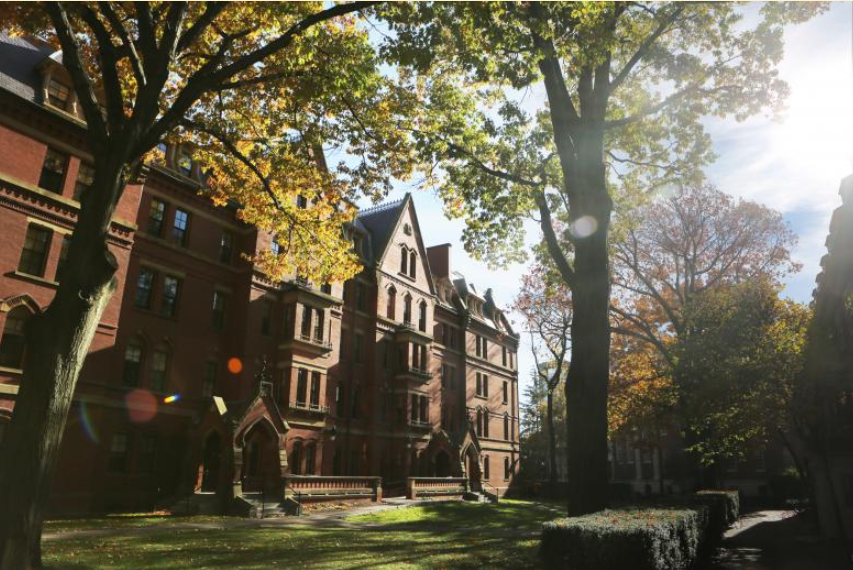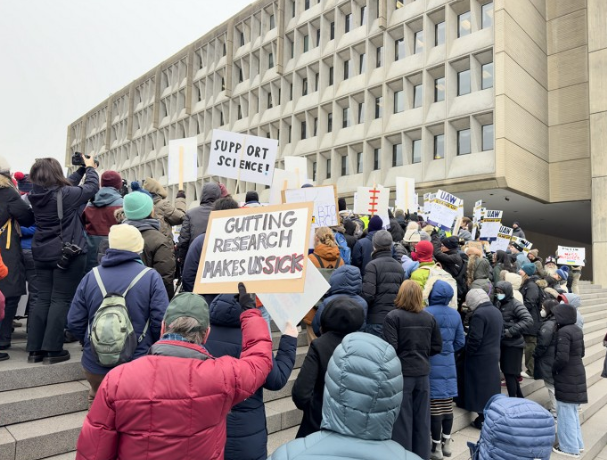Usually February in Wisconsin is full of cold winds and snow, but for the first time ever it feels like summer. The groundhog didn’t see his shadow this year, but spring weather has come unusually early.
The first February tornadoes ever recorded, and the first tornadoes in Wisconsin so far in 2024, tore through rural areas on a day that broke records for warmth, setting up the perfect scenario for the type of severe weather normally seen in the late spring and summer.
“It’s just unusual in the sense that it doesn’t normally happen in February,” meteorologist Taylor Patterson said in an interview with AP news.
Winter tornadoes are almost unheard of, especially in northern states like Wisconsin.
But winter tornadoes — like the one in Wisconsin — are likely to be stronger and stay on the ground longer. They also have a wider swath of destruction in a warming world, a 2021 study showed. That comes after a 2018 study found that tornadoes were moving farther east, into states like Wisconsin.
Conditions in Wisconsin earlier this February were optimal for tornadoes to form, according to Patterson. That included rapidly warming temperatures at a record-tying 55 degrees Fahrenheit in Madison and more moisture with rapidly rising air, creating thunderstorms.
El Niño is most likely the culprit for these record high temperatures and severe weather. El Niño is a natural climate phenomenon marked by warmer-than-average sea surface temperatures in the central and eastern Pacific Ocean near the equator. It occurs every 2-7 years, on average. During El Niño, trade winds weaken. Warm water is pushed back east, toward the west coast of the Americas. The warmer waters cause the Pacific jet stream to move south of its neutral position. In general, El Niño brings above-average temperatures to the northern United States, which often result in below-average snowfall in moderate-to-strong El Niño years.
Last year, local NWS said this winter’s El Niño was on track to be one of the strongest on record.
The stronger El Niño this year does make it warmer than normal, but it’s hard to say from this one event how significant of a role climate change played.
“But with a lot of things that have been going on with climate change, you get more severe events and then you get more impactful severe events,” Patterson said.
During the past seven winters affected by El Niño, temperatures across southern Wisconsin were “near average to 6 degrees above average.” according to AP news. Additionally, snowfall has been as much as 18 inches below average in southern Wisconsin during strong El Niño winters.









